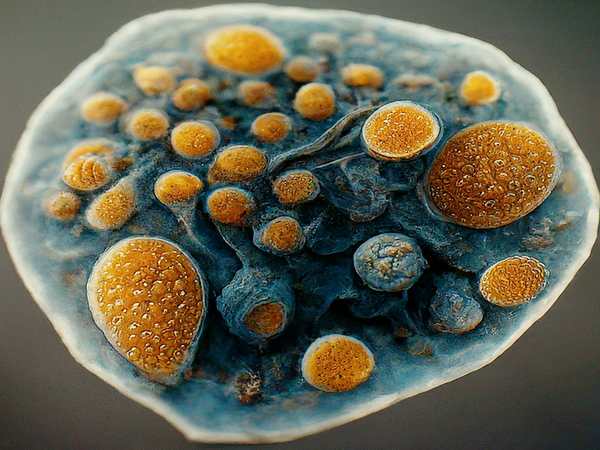In a groundbreaking discovery that has sent ripples through the scientific community, a team of researchers brought a microorganism back to life after being frozen for an astonishing 32,000 years. Unearthed from an Arctic tunnel, this ancient bacterium represents a new frontier in our understanding of life’s resilience and the potential for extraterrestrial existence.
The story begins in 1999 when NASA astrobiologist Richard Hoover embarked on a quest for extremophiles – organisms thriving in extreme conditions – in an Alaskan permafrost tunnel. Amidst his search, he stumbled upon a unique bacterial strain that defied the boundaries of time. As soon as the ice encasing these microorganisms melted, they sprang to life, multiplying and exhibiting typical bacterial behavior.
This newly discovered species, named Carnobacterium pleistocenium, is a testament to the tenacity of life. Its ability to survive and revive after such an extended period in a frozen state has profound implications for several fields of study.
Firstly, this discovery bolsters the possibility of extraterrestrial life. If microorganisms can endure such extreme conditions on Earth, it’s conceivable that similar life forms could exist in the icy environments of Mars or Europa, Jupiter’s moon. NASA’s subsequent discovery of subsurface ice on Mars adds further credence to this theory. Hoover envisions future missions collecting ice samples from Mars and potentially cultivating Martian life forms in controlled environments.
Secondly, the research into Carnobacterium pleistocenium has opened new avenues for cryogenics. Understanding how this bacterium survives extreme freezing could lead to breakthroughs in preserving biological materials, potentially revolutionizing fields like medicine and organ transplantation.
The journey to this discovery was arduous. Hoover and his team spent years meticulously analyzing the bacteria, ensuring its authenticity and viability. Their efforts have expanded our knowledge of the limits of life and the enduring nature of microbial organisms.
This remarkable find serves as a reminder of the mysteries that still lie hidden within our planet and the boundless potential for scientific discovery. As we continue to explore the depths of our world and the cosmos, we can expect to uncover even more astonishing revelations about the nature of life itself.

